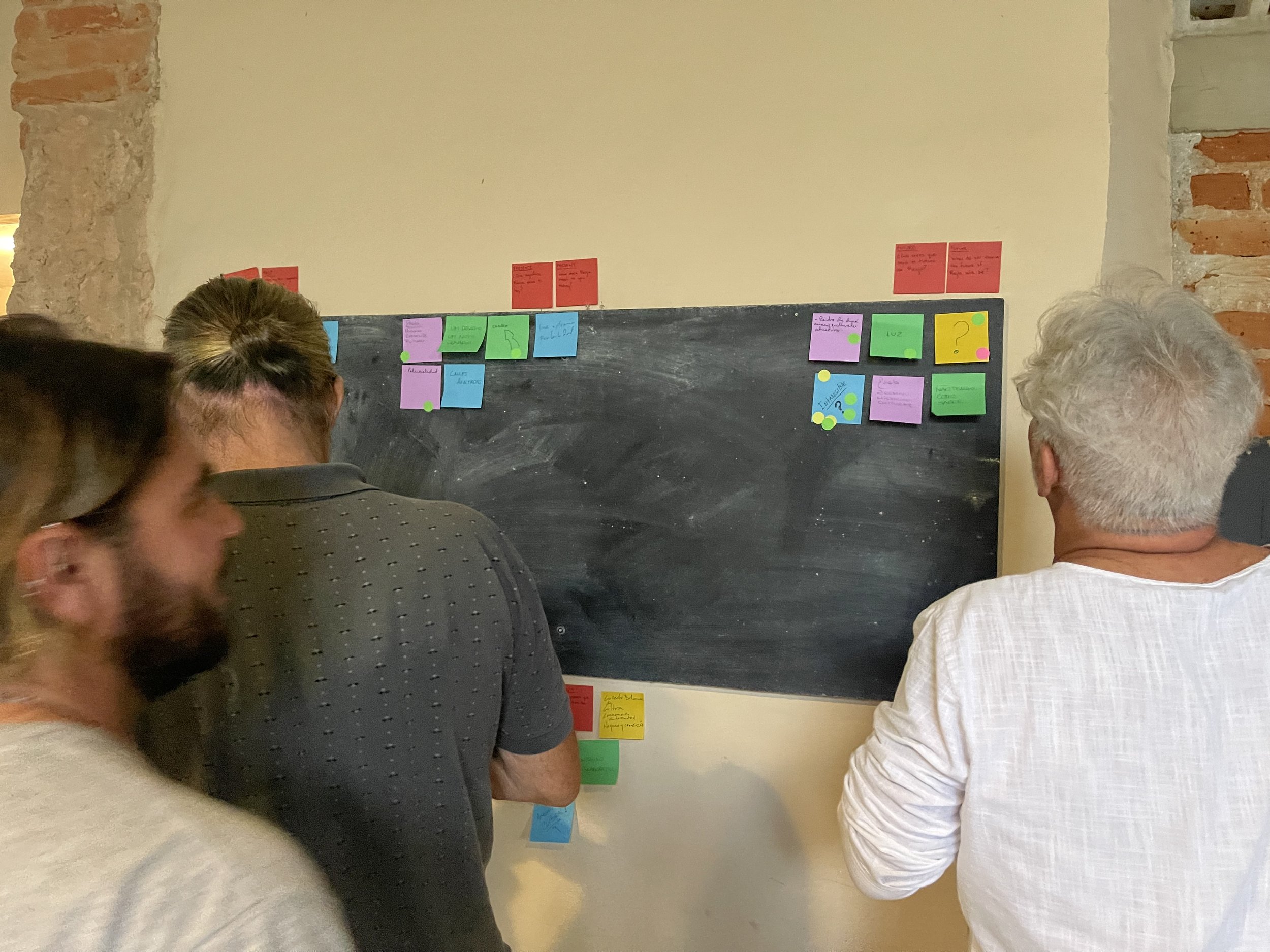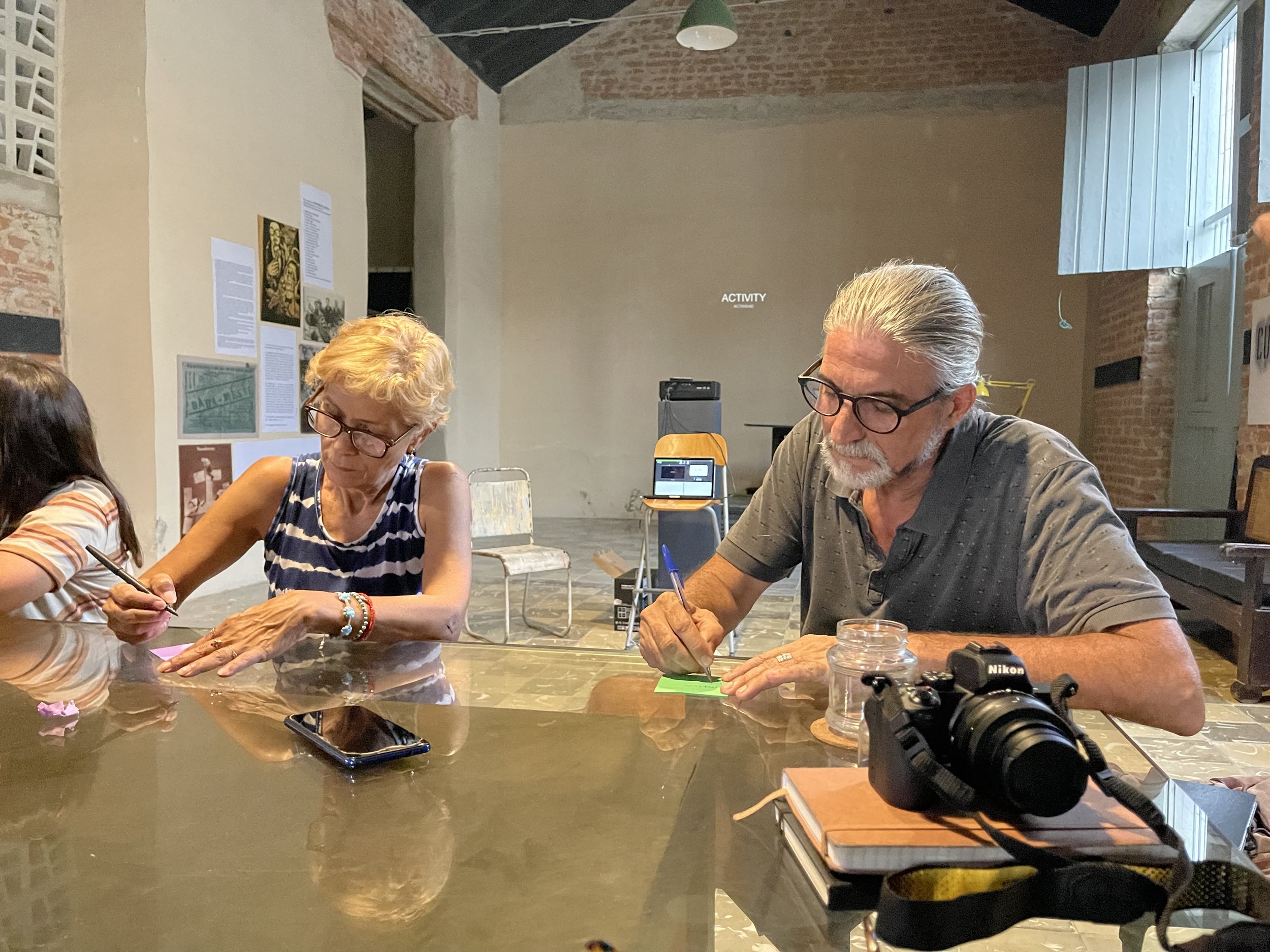REGLA An approach to bottom-up development in Regla, Cuba
Role Participatory Designer, Field Researcher
Team Felipe Dulzaides, Jorge Peña Díaz, Ayleen Robaina
Date Summer 2022
External Partners
Context
Regla is a municipality that sits at the bottom of Havana Bay, Cuba. It is an industrial suburb with a rich cultural history, specifically related to the Afro-Cuban religious practices that call the Iglesia de Nuestra Señora de Regla (Church of Our Lady of Regla) home. In 2018, the Cuban government announced a National Action Plan that highlighted Regla as a target territory for development. Centro Bahia, a creative center, is working on projects to meet the request of the central government to make Regla a flourishing municipality that will have a robust local economy due to a hopeful influx of tourism.
Research Questions
Given that Cuba relies heavily on a tourism economy, how might small businesses, local governments, and Cuban citizens boost their local economy without compromising the integrity of their lived spaces and cultural heritage?
How is development managed and executed on the local level? Where does the decision making power reside?
When residents of Regla consider their future, how do they want their municipality to serve them? On their terms, what would the future of Regla be?

Desigh-Led Research

Archival Analysis

Design Strategy Presentations

Local Community Visits

Ideation Session

Community Involvement
Insights
Historically, music has brought people together in Regla. Music is a vehicle through with social change happens and should be prioritized in future engagements.
Residents are interested in the technological advancement of their municipality. Most clearly seen through the popularity of the wifi park - residents want some of the perks found in Havana closer to home.
Community leaders are interested in fast and efficient micro-changes, under the premise that the bureaucracy of the central government impedes rapid progress. They are looking for strategies to mobilize the community to act sooner rather than later.
The Church of Our Lady Regla is heavily used by locals and is an important religious and cultural institution; future tourist attractions should be found elsewhere throughout the municipality (i.e. museums, restaurants, the ferry, the waterfront).
Output
Architectural renderings for a new communal space.





